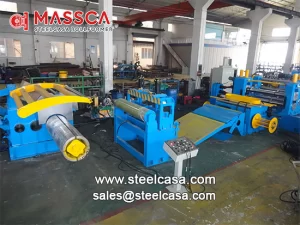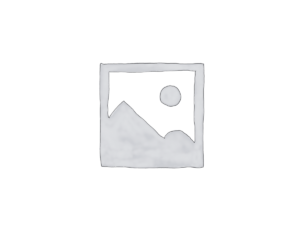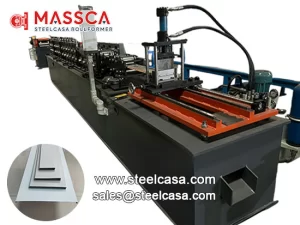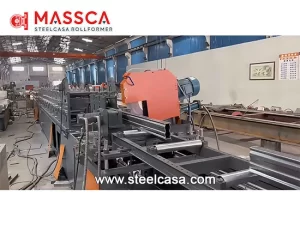COLD-FORMED THIN-WALLED STEEL BUILDING SYSTEM
The cold-formed thin-walled light steel building system can be preliminarily divided into three systems according to regions and standards:
Australian and New Zealand Structural system, American Structural System, and Japanese Structural system.
Because the difference between the cold-formed thin-walled steel structure system in Japan and the United States is not very obvious, we often regard it as the same system. Therefore there are two kinds main LGS systems- Australia New Zealand System, and the American Japanese System.
Austrilia New Zealand Standard thin-walled light steel structural system (ANZ system)
The Austrialia New Zealand System ( Abbreviated as Australia and New Zealand standard, the two countries adopt the same light steel standard) the thickness of the steel plate used for thin-walled light steel is not more than 2.5mm, and the thickness used for low-rise cold-formed thin-walled steel building structure is 0.55-1.5mm, high-strength Al-Zn coated galvanized steel or Zinc-aluminum alloy coated building structural steel plate, the yield strength can reach to 550mpa, most of the external wall thickness adopts C shaped 89/90 structural wall, the roof is a flat frame structure, and the wall mostly adopts K-shape reinforced support(as the following photo). The introduction of the “skin effect” increases the bearing capacity, rigidity, and lateral force resistance of the structure itself, but its own weight is very light. The whole set of structure production can be completed by a set of equipment.
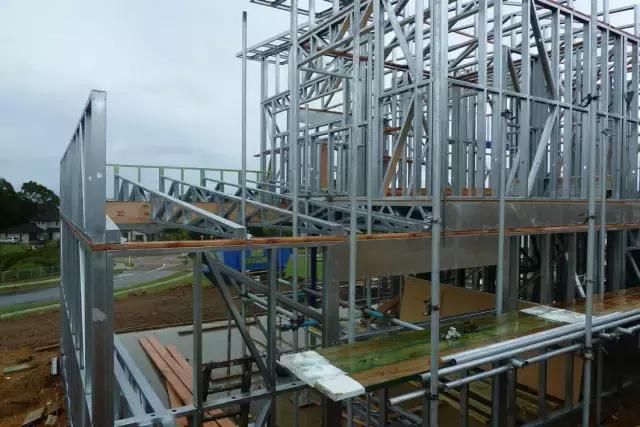
The biggest difference is that New Zealand’s FrameCAD system is the only real structural mechanics calculation system in the mainstream market. Its software is a kind of software that actually performs mechanical analysis such as mechanical bending, deflection, and shearing, and output calculation books and converts them into CNC production files.
American Standard thin-walled light steel structural system ( Abbreviated as American standard)
The thickness of the steel plate by American standards is no more than 2mm, and the steel plate used in the low-rise cold-formed thin-walled steel building structure is 0.8-2.0mm high-strength galvanized steel which the yield strength can reach 345mpa, due to the influence of geographical environment and climate, most of the outer wall thickness adopts the commonly know 140 structure wall, the roof, floor, and lintel structure mostly adopts Omega shape truss structure, and the roof and wall adopt different equipment production lines.
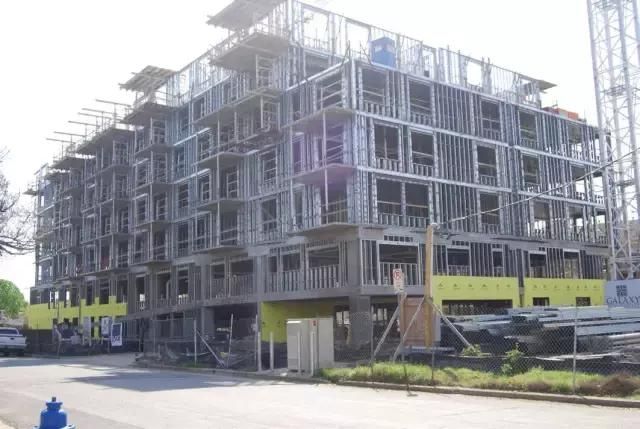
Misunderstandings of two cold-formed thin-walled light steel building systems:
1. Wall thickness:
“The American standard is thicker than the Australian standard wall.”
The thickness of the outer wall is mainly determined by the local climate conditions and the R-value of the material used.
2. Structural costs:
“The American standard uses a large amount of steel and has good sensory properties. The ANZ standard looks thinner, so the cost of the American standard must be higher than the Australian standard.”
The cost of galvanized steel used in American Standard is Q235 and Q345 compared with the Q460 and Q500 used in the Australian standard. Q550 galvanized steel is relatively cheap in price.
3. Security:
The application of the “skin effect” in the ANZ structure makes the overall structure look simpler and thinner. The unique American truss design, linter, and floor system make the overall appearance more stable and the safety performance looks higher. In fact, this is often a misunderstanding. The reason is the same as the weight ratio between 1kg iron ball and 1kg cotton. In fact, as long as the design is proper and the calculation is accurate, both systems are equally strong and durable. The real computing system will optimize the actual amount of material used, and the cost-effectiveness will be more significant in the long run.
Summary:
The Australian standard mostly uses LQ550 steel strip ( G550 steel) for cold roll forming, thickness 0.6<t≤1.5mm, galvanized AZ150
The American standard mostly adopts Q235 grade, Q345 steel strip for cold roll forming, thickness 0.8<t≤2 mm, galvanized Z275
The seismic fortification intensity is 9 degrees ( while traditional steel structure is 6-8 degrees), and the building height is less than 6 stories ( traditional 6-8 stories). The design service life of the main load-bearing components is 70 years ( the domestic standard is 50 years), and the structural life can reach 100-200 years under ideal conditions. All structures are sealed inside the composite wall, which is not easy to be corroded, or mildewed, and not afraid of insects, and the maintenance cost is low.

